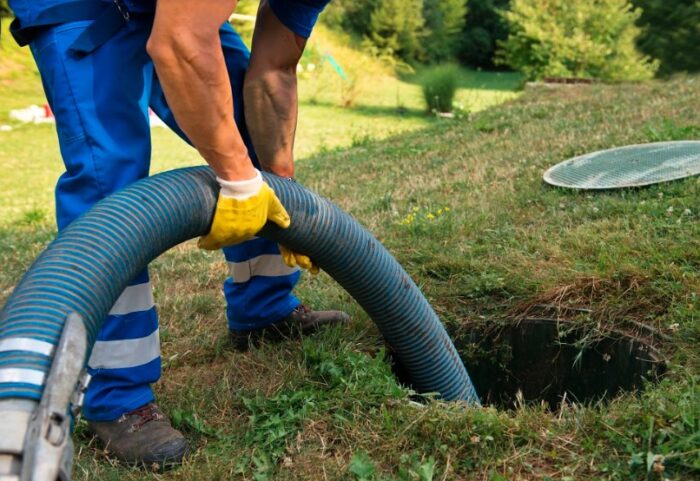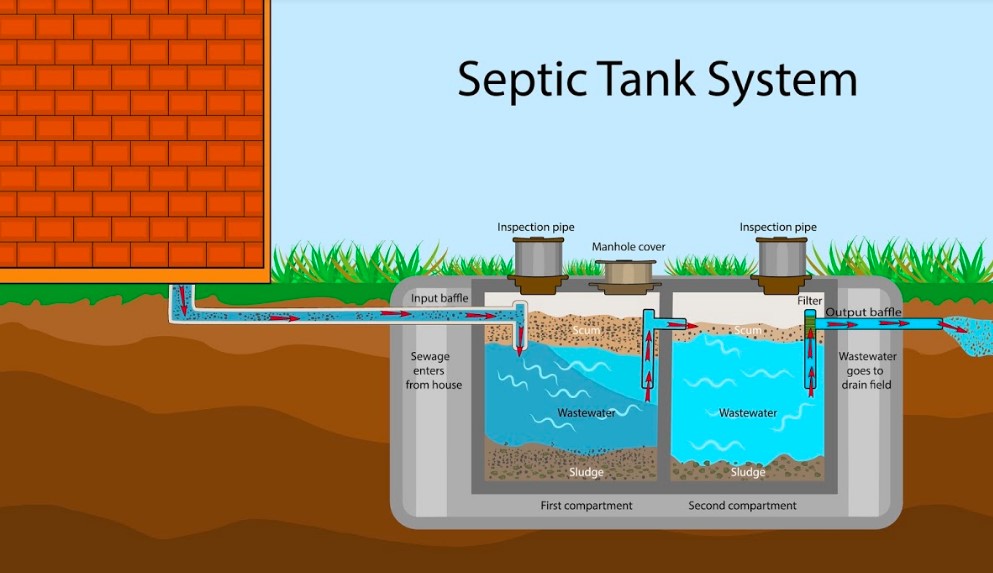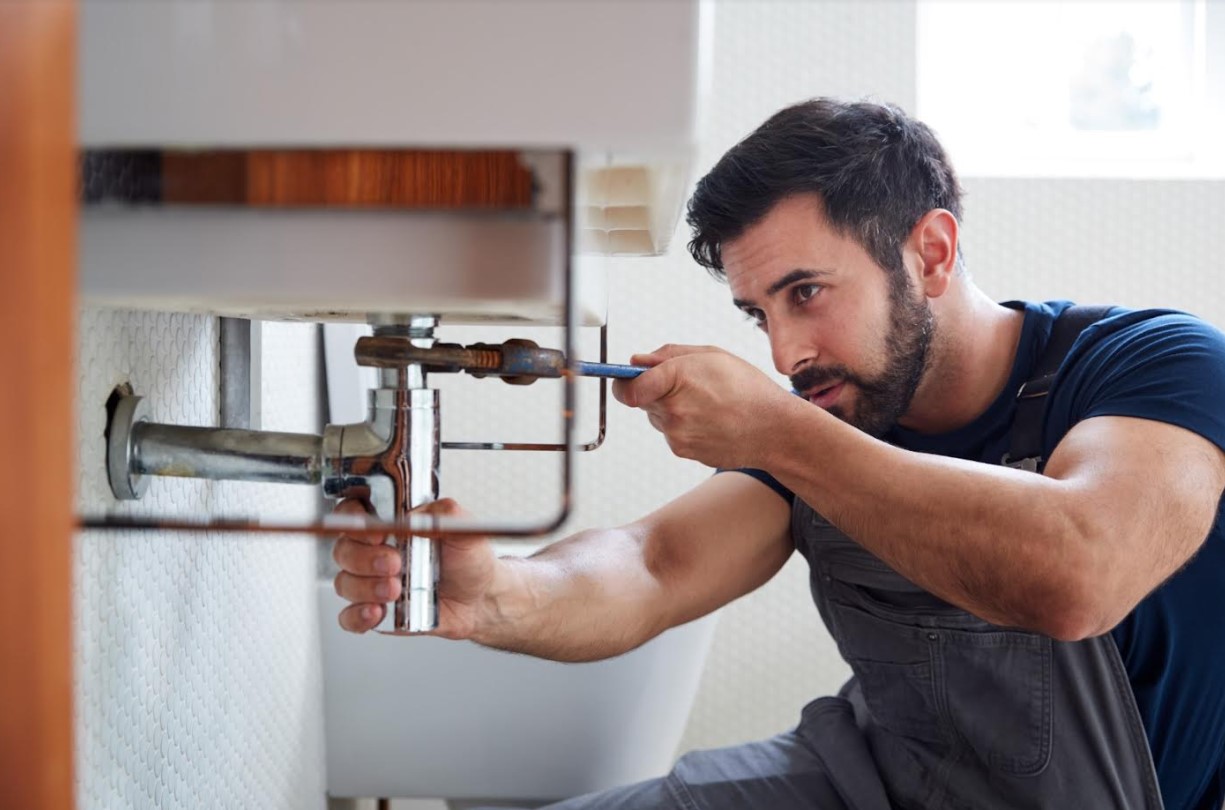Typically, households that don’t depend on public sewers make use of septic systems for the treatment and disposal of wastewater. By definition, they refer to underground treatment structures which utilize both technology and nature to treat wastewater from the plumbing generated by the kitchen drains, laundry, and bathrooms.
Just like other household systems, septic systems can be considered a significant financial investment. That’s because if they’re maintained properly, they can offer long years of low-cost, reliable service for the wastewater treatment in the households. However, if the system is failing, it may become a public health concern and a source of pollution, thereby causing property damage and disease outbreaks.
To ensure you get the most out of septic systems for household use, below are the eight things you need to know about them from the get-go:
The Standard Septic Systems Have Three Main Parts
While there are several different types of septic systems based on soil and site conditions, these underground structures have three primary parts in common. These can include:
Septic tank
Its main function is to decompose solid material and to split up any solids found from the wastewater and store.
Drainfield
While the solids settle in the septic tank, the liquid or known as the effluent will be released to the drainfield.
Soil
The soil located below the drainfield does the final treatment and disposal of the effluent. Once the wastewater reaches the soil, the organisms living in it will treat the effluent before it enters the ground or surface water.
Weather Can Affect The Functionality Of The Septic Systems
Despite regular maintenance, most septic systems will experience some problems along the way. But, apart from these usual issues, it’s important to note that weather can significantly impact the functionality of these underground wastewater structures. The following are some ways extreme weather conditions can cause problems to the septic systems:
- The low temperatures caused by winter weather make it hard for the septic system’s bacteria to function and survive, causing a clog at the bottom.
- Heavy rainfall can flood the drainfield, thereby causing water to travel back through the pipes and into the drains and toilets inside the house.
Indeed, extreme weather conditions can adversely impact the septic system’s performance. Thus, if one of the above-mentioned problems occur, it’s best to call a professional to provide fast and efficient service like the ones you can find at a-1sewerandsepticservice.com and similar companies.

The Septic Systems Are Filled With Good Bacteria
It’s important to understand septic systems are known for being a cafeteria for bacteria. They contain bacteria whose primary function is to break down waste to leave water clean enough to enter the ground surface. With the help of these microbes, the septic systems can function properly over time by protecting these structures against quick clogging and other problems.
Household Chemicals Can Be Harmful To The Septic Systems
As mentioned, most septic systems contain good bacteria that can help break down everything in the tank before percolating down the ground surface. However, household chemicals such as drain openers, pesticides, paints, brake fluid, gasoline, and products that contain bleach, can kill these good bacteria which is a bad thing.
Therefore, to ensure the proper functioning of the septic systems, it’s best to keep household chemicals out of these structures to protect the good bacteria as well as the environment.
Excessive Water Can Result In System Failure
For the septic systems to function properly, all water used in the house should be absorbed by the soil under the underground structures. However, excessive water coming from the dishwasher, laundry, baths, and showers can cause the septic systems to fail as it doesn’t allow sufficient time allowance for the separation of solids from the liquid wastewater.
Because of this, it’s a good idea to use water efficiently. The less water being used, the less water enters the septic system which can help avoid any risk of system failure.
Inspection Of The System’s Drainfield Is Necessary
Again, one of the important components of standard septic systems is the drainfield. Its main function is to filter excess water. Just like the other parts, a drainfield plays an integral role in the system. One can determine the health of the septic system based on the actual condition of the drainfield.
That being said, it’s always a smart move to check the drainfield regularly. A walk over it can go a long way in knowing if it’s in good working condition or otherwise. If you notice a lot of smudge and mud due to heavy rainfall, it can be a sign that the system is overflowing inside and a failure is waiting to happen. So, inspect the drainfield of the septic system regularly to help keep the home safe and healthy.
Septic System Additives May Be Unnecessary
In some cases, additives may be used to help the septic systems function properly or restore the bacterial balance. Also referred to as enhancers or stimulators, these additives are categorized into three namely: the inorganic compounds, biological additives, and organic solvents.
However, while these enhancers may have the ability to open clogged drains, they may be unnecessary. That’s because the naturally occurring bacteria required for the systems to work and avoid clogs can be found in the human feces. Not only that but some additives may destroy the biological function of the underground structures, causing clogged piles and soil pores.
The Septic Systems Require Pumping
Although the septic systems filter out the excessive liquid, it’s still important for these underground wastewater structures to get cleaned and pumped every three to five years. This is to help remove the solids that have accumulated through the years and ensure they’re working properly.
Typically, the pumping requirements depend on the several factors. These can include the frequent usage of the septic systems, size of the septic tank, the number of people in the household, the number of solids, the water volume being used, and many more.
The Bottom Line
Indeed, learning about the septic systems and how they work can be the best way to keep them safe and healthy at all times. Hopefully, the information presented above can help in taking care of these structures and ensuring that they’ll function properly for years. Also, if there are questions regarding the system, it’s best to call a professional for expert advice.






